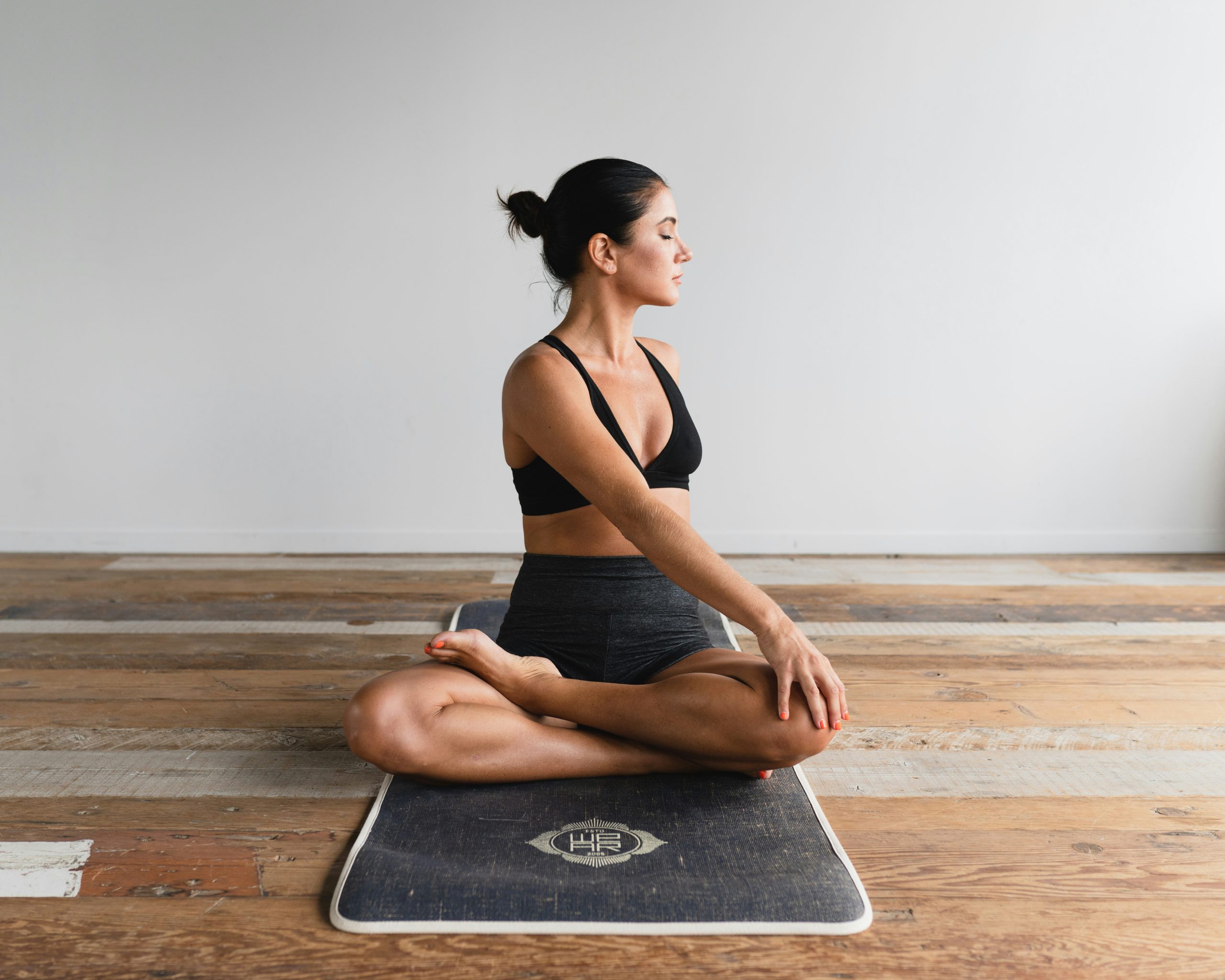
Psychological Techniques for Athletic Improvement
Athletic performance is not only determined by physical prowess but also by mental strength and psychological techniques. Athletes who excel often attribute their success not just to training their bodies, but also to training their minds. Utilizing various psychological strategies can significantly enhance performance, boost confidence, and improve overall well-being. Heres a comprehensive look at some effective techniques:
Visualization and Mental Imagery
Visualization is a powerful technique where athletes mentally rehearse their performance in vivid detail. By visualizing success, athletes can enhance their confidence, reduce anxiety, and improve their focus during competition. Research shows that mental imagery can activate similar brain regions as physical practice, thereby reinforcing muscle memory and skill execution.
- Example: Olympic swimmer Michael Phelps famously used visualization to imagine every detail of his races, from the start to the finish, visualizing perfect strokes and turns.
Goal Setting
Setting clear, achievable goals is crucial for athletic improvement. Goals should be specific, measurable, attainable, relevant, and time-bound (SMART). They provide athletes with direction, motivation, and a sense of accomplishment when achieved. Short-term goals help maintain focus during training sessions, while long-term goals keep athletes committed to their overall development.
- Example: A marathon runner sets a SMART goal of completing their next race in under 4 hours, breaking down their training regimen accordingly.
Self-Talk and Positive Affirmations
Positive self-talk involves using affirming statements to boost confidence and manage stress. By replacing negative thoughts with positive ones, athletes can maintain a resilient mindset and perform better under pressure. Affirmations should be specific, realistic, and focused on strengths rather than weaknesses.
- Example: Tennis player Serena Williams often repeats affirmations like “I am strong and focused” to maintain confidence during matches.
Attention Control and Focus
Enhancing attention control allows athletes to concentrate on relevant cues while ignoring distractions. Techniques like mindfulness meditation can improve focus, regulate emotions, and increase awareness of bodily sensations. Athletes who can stay present and focused during competition are better able to execute their skills effectively.
- Example: Basketball players use mindfulness techniques to stay focused on their shooting technique during high-pressure free throw situations.
Pre-Performance Routines
Rituals and routines before competition can help athletes manage anxiety and optimize arousal levels. Whether its a specific warm-up routine, listening to music, or engaging in relaxation exercises, these rituals signal to the brain that its time to perform. Consistent pre-performance routines create a sense of familiarity and control, reducing the impact of performance anxiety.
- Example: Golfer Tiger Woods is known for his meticulous pre-shot routine, which includes visualization, deep breathing, and a consistent sequence of movements.
Resilience Building
Resilience is the ability to bounce back from setbacks and adversity. Athletes can develop resilience through challenges in training and competition. Techniques such as reframing setbacks as opportunities for growth, maintaining perspective, and learning from failures contribute to mental toughness.
- Example: Swimmer Dara Torres overcame multiple setbacks in her career, including injuries and setbacks in qualifying, to win medals at five different Olympic Games.
Conclusion
In conclusion, the mental aspect of sports performance is as crucial as physical conditioning. By integrating psychological techniques such as visualization, goal setting, positive affirmations, attention control, pre-performance routines, and resilience building, athletes can optimize their performance and achieve their full potential. These techniques not only enhance athletic skills but also contribute to mental well-being and long-term success in sports.
By incorporating these strategies into their training regimens, athletes can cultivate a competitive edge that goes beyond physical capabilities, ultimately achieving peak performance and personal satisfaction in their athletic pursuits.



